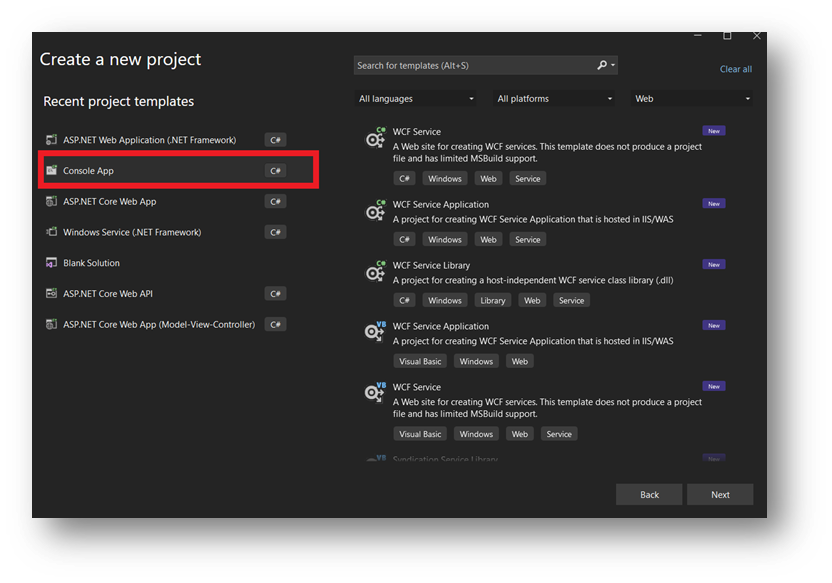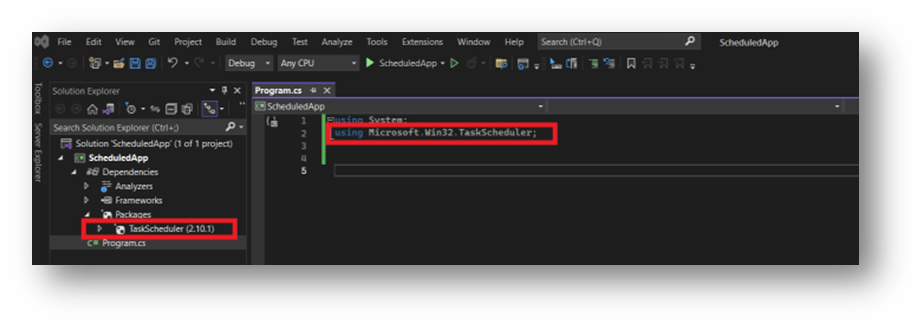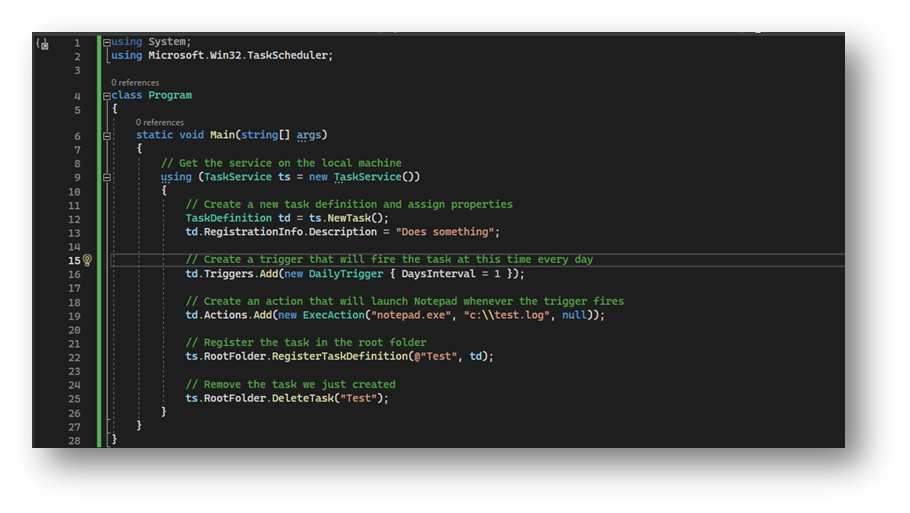Automation plays a crucial role in streamlining repetitive tasks and improving productivity. Regarding scheduling and automating tasks in a Windows environment, ASP.NET provides a powerful platform for building efficient and reliable applications. In this blog, we will explore the process of creating a Windows scheduler application using ASP.NET, leveraging the built-in features and libraries available in the framework.
Understanding the Windows Task Scheduler
Before diving into the development process, we must understand the underlying technology we will work with—the Windows Task Scheduler. The Task Scheduler is a native Windows service that allows users to schedule and automate tasks on a specific schedule or in response to particular events. It provides comprehensive features, including task triggers, actions, conditions, and settings. We aim to create an ASP.NET application that interacts with the Task Scheduler to programmatically create, modify, and manage scheduled tasks.
In this how-to, I’ll show you how to build a simple Windows scheduler application that will log an action in Notepad once every day. Let’s get started.
1. Setting up the ASP.NET Project
To begin, create a new ASP.NET project using your preferred development environment, such as Visual Studio. For this project, I’m using Visual Studio 22, but any version of Visual Studio will do. I’m creating a basic console application:

Name your application and select the .NET version you wish to use.
Next, we want to ensure the required dependencies, including Microsoft.Win32.TaskScheduler library is installed. Open the package manager console and type the following command:
NuGet\Install-Package TaskScheduler -Version 2.10.1

2. Adding References and Importing Libraries
In your ASP.NET project, add a reference to Microsoft.Win32.TaskScheduler library. This library provides a managed wrapper around the Windows Task Scheduler API, making it easier to interact with scheduled tasks programmatically. Import the necessary namespaces to access your code file’s required classes and methods.
Make sure you see the reference on the left-hand side under References in the Solution Explorer and add the referenced namespace:

3. Creating and Managing Scheduled Tasks
Next, define the logic for creating and managing scheduled tasks in your ASP.NET application. You can start by creating an instance of the TaskService class, which represents the Task Scheduler service on the local machine. Use this instance to interact with the Task Scheduler and perform various operations.
To create a new scheduled task, instantiate a TaskDefinition object and configure its properties such as name, description, triggers, actions, and conditions. Add the necessary triggers (e.g., time- or event-based triggers) and activities (e.g., executing a command or running a script) to define the task’s behavior. Once the task definition is complete, use the TaskService instance to register the task with the Task Scheduler.
To manage existing tasks, you can retrieve a collection of tasks from the TaskService and iterate through them to perform operations like updating task settings, modifying triggers, or deleting tasks.
I’ve gone ahead and created the above steps with notes so that you can follow along and reference the code and the instructions:

Final Thoughts
There we have it! We’ve built a simple Windows scheduler application.
Building a Windows scheduler application with ASP.NET empowers developers to automate tasks efficiently in a Windows environment. By leveraging the capabilities of the Windows Task Scheduler and the flexibility of ASP.NET, developers can create powerful applications that simplify task scheduling and execution.
Whether automating backups, generating reports, or performing routine maintenance, a custom scheduler application built with ASP.NET can save time, improve productivity, and ensure reliable task execution.
Let XTIVIA help you with your MS Dynamic needs with our certified experts; we provide Microsoft consulting services – call or contact us today!


Hi,
very good article
I have question.
by following what explained on the article, when we create new task on our application, does it make new task is registered on Windows Task Scheduler?
Thank you
Hi Yuzar, to answer your question, yes this should create a new task registered on the Windows Task Scheduler.